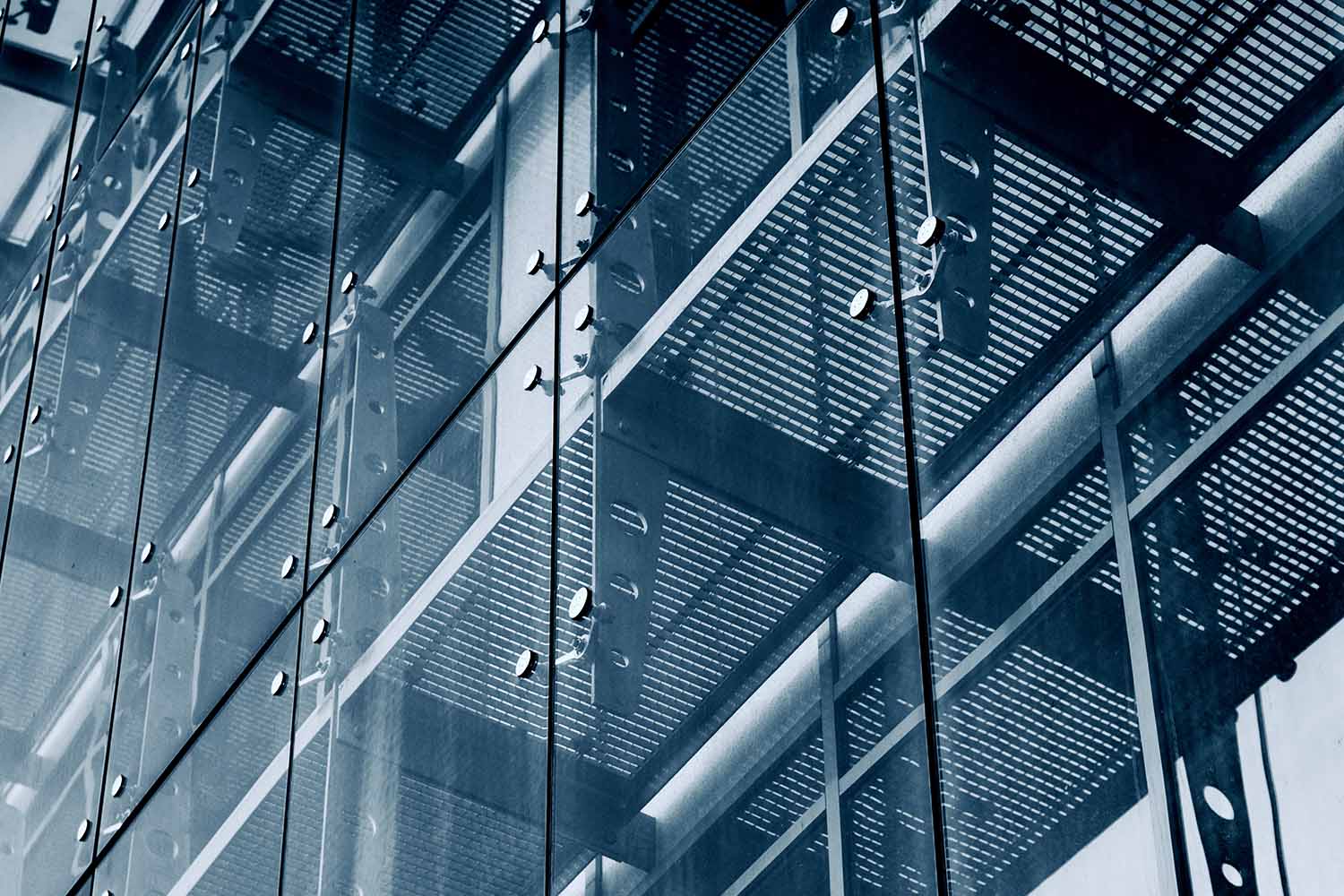Glass Curtain Wall: The Key to Modern Architecture
Glass curtain walls have become a popular architectural feature in modern buildings. These facades consist of lightweight aluminum frames that hold glass or metal panels. Instead of supporting the weight of a roof or floor, these glazing systems transfer gravity loads and wind resistance to the building’s floor line. Curtain walls are often incorporated as part of a building envelope or a wall system, requiring careful integration with other structural elements such as wall claddings, roofs, and wall details. Curtain wall systems range from standard prefabricated units to custom-designed wall units. However, additional customization and larger sizing may lead to increased costs.
Contents
What is a Glass Curtain Wall System?
A glass curtain wall system is a type of facade that is commonly used in modern building design. It consists of lightweight aluminum frames that support glass or metal panels, and is designed to transfer gravity loads and wind resistance from the surface to the building’s floor line, rather than supporting the weight of a roof or floor. Curtain walls can be used as a standalone building envelope or as one component of a larger wall system, and require careful integration with other structural elements such as wall claddings, roofs, and wall details. Curtain wall systems can vary from standard prefabricated units to custom-designed wall units, and may provide benefits such as natural light, improved energy efficiency, and aesthetic appeal.
How Much Does Glass Curtain Wall Cost?
The cost of a glass curtain wall system can vary widely depending on a number of factors, such as the type of glass used, the size and complexity of the design, and the location of the building. On average, the cost of a basic glass curtain wall system can range from $25 to $75 per square foot of glass. However, if the design requires specialized glass, custom fabrication, or other unique features, the cost can be significantly higher.
It’s important to keep in mind that the cost of a glass curtain wall system is just one aspect of the overall project cost. Other factors that can impact the cost of a building project include site preparation, foundation work, framing, interior finishes, and mechanical and electrical systems. It’s always a good idea to work with experienced professionals who can provide a detailed cost estimate based on the specific project requirements.
What is Difference Between Curtain Wall and Glass Wall?
The terms “curtain wall” and “glass wall” are often used interchangeably, but there are some differences between the two.
A curtain wall is a non-structural, external building facade system that is typically made up of lightweight aluminum frames that support glass or metal panels. The curtain wall system is designed to transfer gravity loads and wind resistance from the surface to the building’s floor line, rather than supporting the weight of a roof or floor. Curtain walls can be used as a standalone building envelope or as one component of a larger wall system, and require careful integration with other structural elements such as wall claddings, roofs, and wall details.
A glass wall, on the other hand, is a type of internal wall system that is designed to provide a transparent or translucent barrier between spaces. Glass walls may be made up of individual glass panels or larger glass panels that are framed with metal or other materials. Unlike curtain walls, glass walls are not designed to support the weight of a building, but rather to provide a visual and physical separation between spaces while still allowing natural light to pass through.
In summary, while both curtain walls and glass walls involve the use of glass panels, curtain walls are primarily used as an external facade system, while glass walls are typically used as internal partitions or barriers.
What Are The Advantages of Glass Curtain Wall?
There are several advantages to using a glass curtain wall system in building design. Some of the key advantages include:
- Natural light: Glass curtain walls allow natural light to enter the building, which can create a bright and open atmosphere. This can help to reduce reliance on artificial lighting and create a more pleasant working or living environment.
- Energy efficiency: Glass curtain walls can be designed with insulating glass and thermal breaks to improve energy efficiency and reduce heating and cooling costs.
- Aesthetics: Glass curtain walls provide a sleek, modern look that can enhance the visual appeal of a building. They can also be customized to suit a wide range of design requirements and can be used to create unique and visually striking facades.
- Durability: Glass curtain walls are designed to withstand a range of environmental conditions, including wind, rain, and temperature fluctuations. They can also be designed to resist impact from debris and other hazards.
- Flexibility: Glass curtain walls can be used as a standalone building envelope or as one component of a larger wall system. They can be adapted to suit a wide range of building types and can be designed to meet specific performance requirements.
Overall, glass curtain walls offer a number of benefits that can improve the performance, aesthetics, and functionality of a building.


